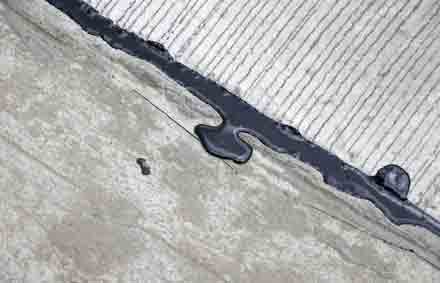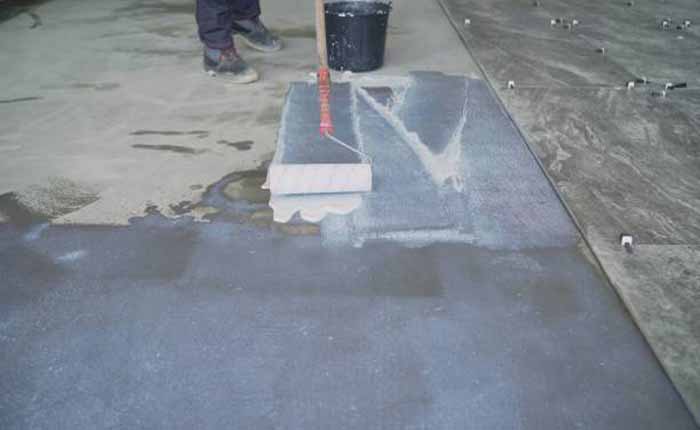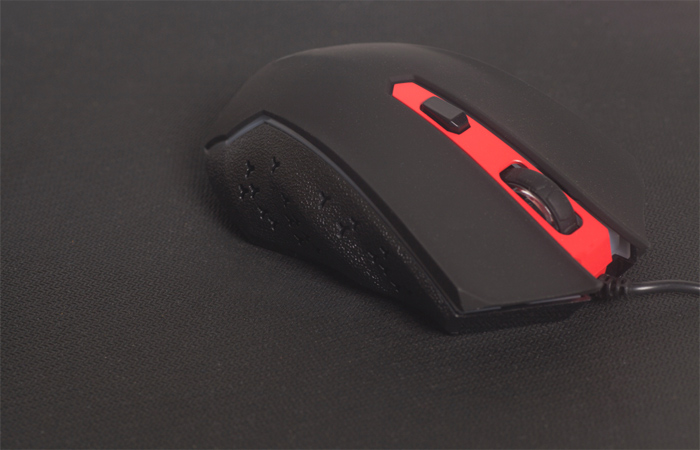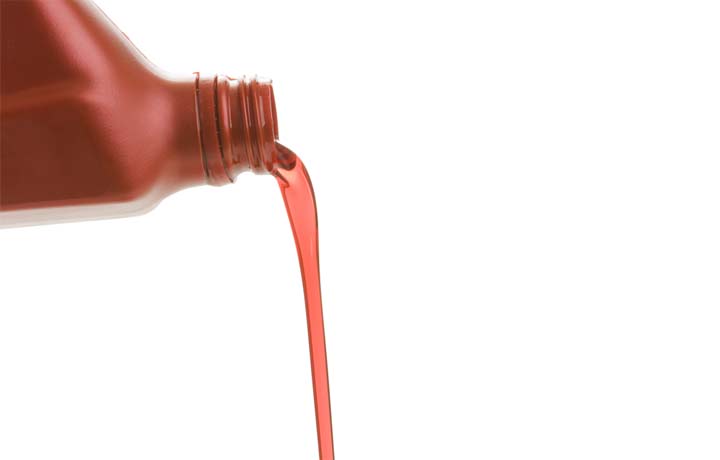Sealing concrete is an essential step towards ensuring the longevity and durability of concrete constructions. Because concrete exposed to external elements is vulnerable to cracking and scaling, sealing it prevents such damages from occurring. Sealing a concrete structure is therefore a reasonable investment for both functional and aesthetic purposes. However, there are certain considerations that need to be considered before deciding on the type of sealer to apply.
Protects against damage

Using a sealant on concrete provides a protective layer against damage from the elements. It creates a barrier against chemicals, and helps prevent staining. It also reduces the need for basic repairs. Additionally, it enhances curb appeal. Ideally, you should apply a sealer as soon as the building supports weight and has completely cured.
A properly sealed concrete surface can last up to 25 years. However, if the surface is damaged or develops cracks or discoloration, it will need to be replaced sooner. Sealing concrete can help extend the life of your concrete and reduce damages that are common to this material. It also provides a protective layer against damage from freezing and thawing. It is one of the best ways to prolong the life of your concrete surface.
Sealing concrete protects against damage by preventing water from penetrating through its porous surface. Sealers are available in various types, depending on the type of concrete and the amount of abuse it receives. These sealers are durable and create a firm protective layer that resists stains, abrasion, and chemicals.
Prevents stains
There are several methods for sealing concrete to prevent stains. One of the most effective ways is to use a clear sealer. This protects the concrete from stains and helps to extend its life. It also adds a nice sheen to the concrete surface. For best results, you should seal concrete before you start applying stains, browse around this site.
If you’re doing the job yourself, it’s essential to wear heavy-duty work clothes, safety goggles, and a mask. The chemicals used in concrete sealing can be hazardous to clothing and skin. For these reasons, hiring a professional to do the work is a good idea. Experts can provide quality surface crack repair and stain removal and use top-of-the-line sealers. They’ll also ensure that the coating doesn’t break down too soon.
Sealing concrete is a great way to avoid stains and protect your concrete floors and walkways. Most penetrating sealers contain silane compounds, which bond with the concrete to provide ultimate water, salt, and oil protection. They’re also easy to apply and won’t alter the look of your floor.
Prevents mold growth
Sealing concrete is an important precaution to take to keep mold and moss growth at bay. This preventative measure prevents moisture from penetrating the surface of concrete and will also prevent moss spores from germinating and settling. Moist concrete is prone to the growth of mold and mildew, which can lead to a very short lifespan for your concrete structure.
A household bleach and water mixture can be used to remove mold from concrete. A cup of this mixture is mixed with one cup of water and sprayed onto the affected area. After a week, remove the rubber mat and inspect for moisture. If moisture continues to accumulate, it is best to call a professional.
A penetrating concrete sealer can also help prevent mold growth by reducing the amount of water that can penetrate the concrete. It can also be UV-resistant, making it more resistant to sunlight damage. In addition, it also helps prevent the surface from yellowing over time.
Prevents freeze-thaw cycles
Although the effects of freeze-thaw cycles are scary, you can protect your concrete surfaces by applying a sealer. There are several ways to achieve the desired result. One method uses a two-component polyaspartic sealer, which dries slowly and is designed to have high chemical resistance and hardness.
Another method involves applying a penetrative sealer. A sealer works by preventing water from accumulating within the pores of the concrete. It is easy to apply and makes your concrete more resistant to freeze-thaw cycles. The application can also help prevent mildew, efflorescence, and cracking.
Freeze-thaw cycles are damaging to concrete. Water expands by about 9 percent when it freezes, breaking up the surface. It seeps into cracks and pores, causing more damage. A good sealer will prevent this damage by sealing these pores and keeping moisture out. Additionally, sealers protect your concrete against corrosion caused by chlorides seeping through the concrete. Corrosion can result in weakened concrete and detaching from the surface.
Sealing concrete will also help prevent spalling. Spalling, also known as scaling, is the result of moisture affecting concrete surfaces. This can be avoided by applying a penetrating waterproofing sealer to the concrete after it is installed. It should be applied within 28 days of placement of the concrete and then applied every few years thereafter. Alternatively, you can also use a special performance admixture to prevent spalling.
Prevents spalling
Spalling is a problem that can happen to both concrete and brick. It’s the result of water entering the concrete’s capillaries, causing it to expand and crack. This problem can be avoided by sealing concrete as soon as possible. Sealing your concrete will also protect it from damage caused by the elements.
Spalling can be a costly and dangerous problem if it’s not treated properly. In order to prevent it, you have to know what causes the concrete to deteriorate. In addition, the mixture of water and cement must be the right one for your project. The water-cement ratio may vary according to the materials you use, and you’ll want to make sure that the mix is right for your job.
The proper concrete sealing technique will reduce the risk of spalling by reducing water absorption by up to 95%. However, you should note that this won’t completely eliminate the problem.
Prevents sun exposure
Sealing concrete surfaces is an excellent way to maintain the integrity of your concrete structures. Exposure to the sun can cause the surface of your concrete to crack and crumble. Exposure to the sun can even cause the entire surface to develop long cracks. Whether your concrete is new or older, it is important to protect it from the sun’s harmful UV rays. While this will require additional work, the extra effort is well worth it.
Without proper sealing, the sun’s ultraviolet rays can cause a variety of problems to your concrete. The UV rays can break the chemical bonds in concrete. This can cause cracking and deterioration of the surface, and it can eventually turn your concrete into gravel or dust. This problem is particularly common in areas where the sun’s rays are intense. However, this problem can be easily avoided by applying a concrete sealer.
The best way to seal concrete is to apply it to a warm, dry place. The temperature should be between fifty and eighty degrees Fahrenheit. Make sure the concrete is completely dry before applying the coating. Also, make sure that the sun isn’t shining directly on the coating. The sun’s heat will cause the coating to cool.
Prevents cracking
One of the best ways to protect your home from cracking is to seal concrete joints and cracks. Urethane caulk is available at big-box DIY stores. While it works well for small cracks, it’s prone to bubbling, cracking, and drying out over time. A better solution is a product such as Foundation Recovery Systems’ breakthrough technology.
These products are formulated with a special formula to reduce the surface tension. This allows them to penetrate cracks more effectively. They demonstrated this effect in an experiment by abrading a 7-day-old specimen for 60 minutes. The treated concrete showed a ninety-two percent increase in abrasion resistance compared to untreated concrete. This means that it would take 100 mils to wear away just 0.01 inches of treated concrete.
Summary:
When applying a concrete sealant, be sure to apply the product with steady pressure and force it into the crack or joint as thinly as possible. Always read the manufacturer’s instructions to determine the proper application method. Different types of sealants require different cure times.








